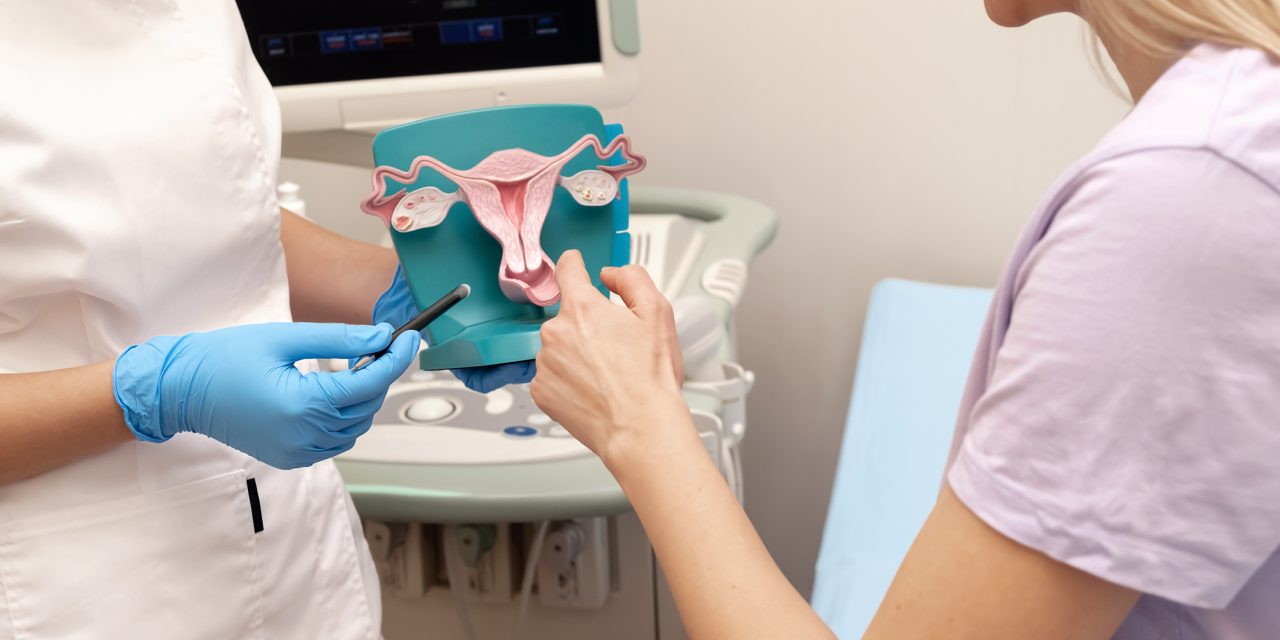For this study, researchers wanted to look at the levels of interleukin 37 (IL-37) in the serum and synovial fluid of patients with juvenile idiopathic arthritis (JIA), its expression in peripheral blood mononuclear cells, and its relationship to disease activity and angiogenesis. A total of seventy JIA patients and 50 control persons were evaluated. The Juvenile Arthritis Disease Activity Score (JADAS-27) in 27 joints was computed. Immunoassays were used to determine the levels of IL-37, vascular endothelial growth factor (VEGF), soluble VEGF receptor 1 (sVEGF-R1), and sVEGF-R2 in blood and synovial fluid. The power Doppler ultrasonography score of the afflicted joint and the relative expression of IL-37 mRNA in peripheral blood mononuclear cells were both assessed.
Patients with JIA were categorized into 20 instances with systemic-onset, 20 cases with polyarticular onset, and 30 cases with oligoarticular onset (10 persistent, 20 prolonged). Serum levels of IL-37, VEGF, VEGF-R1, and VEGF-R2, as well as relative IL-37 mRNA expression, were substantially greater in JIA patients than in controls (p < 0.001). These concentrations were substantially greater in systemic-onset JIA compared to polyarticular and oligoarticular JIA, and significantly higher in polyarticular JIA compared to oligoarticular JIA (p < 0.001). C-reactive protein, erythrocyte sedimentation rate, Juvenile Arthritis Disease Activity Score in 27 joints, power Doppler ultrasound score (p < 0.001), and serum and synovial VEGF and VEGF-RI and -R2 levels (p < 0.05) were all positively correlated with IL-37 expression levels in the serum, synovium, and mRNA.
Findings showed that IL-37 levels and mRNA expression were considerably higher in JIA patients and that their levels were positively connected with disease activity and angiogenesis indicators (VEGF and VEGF receptors), indicating that IL-37 may be associated with angiogenesis.


